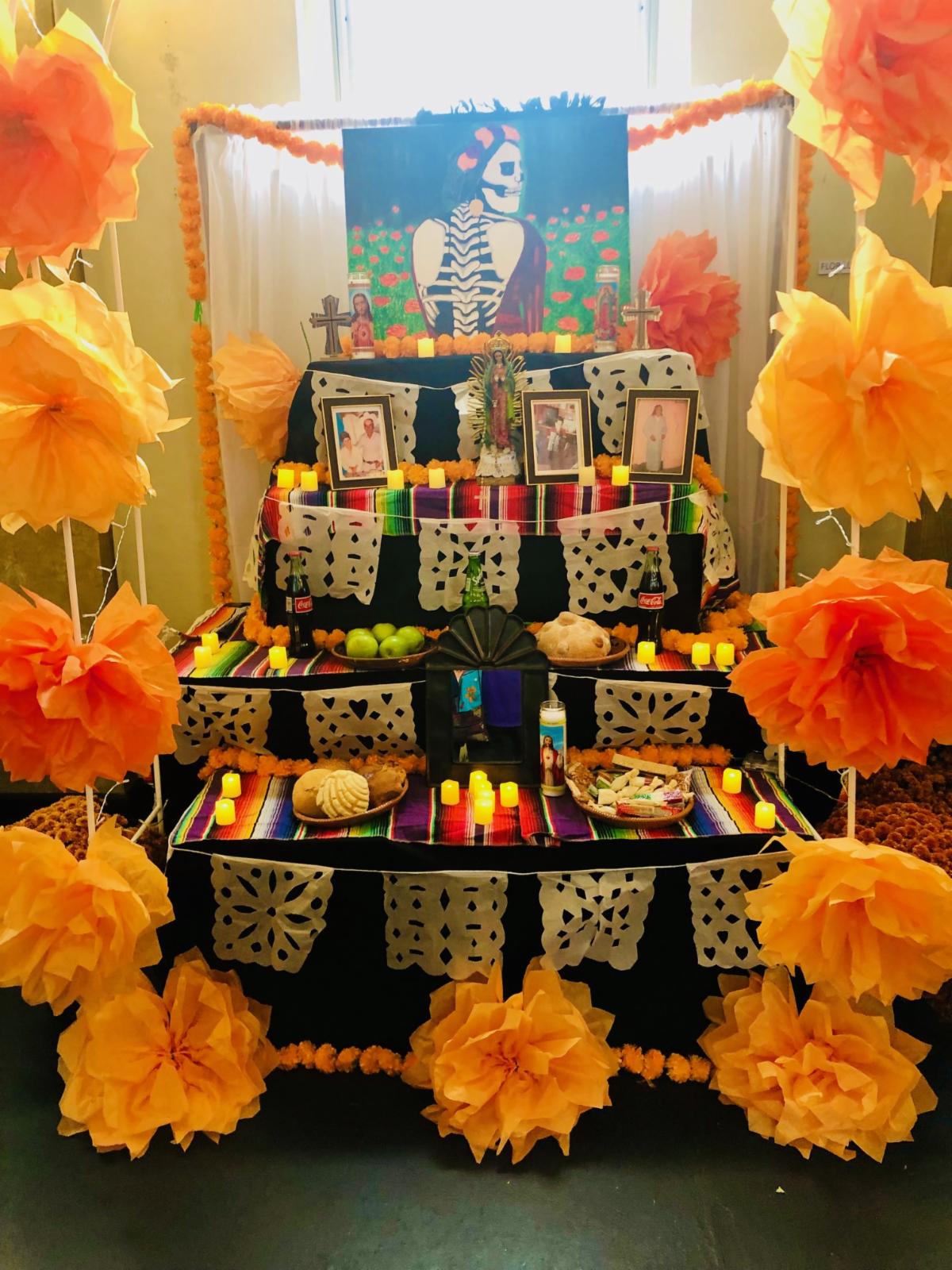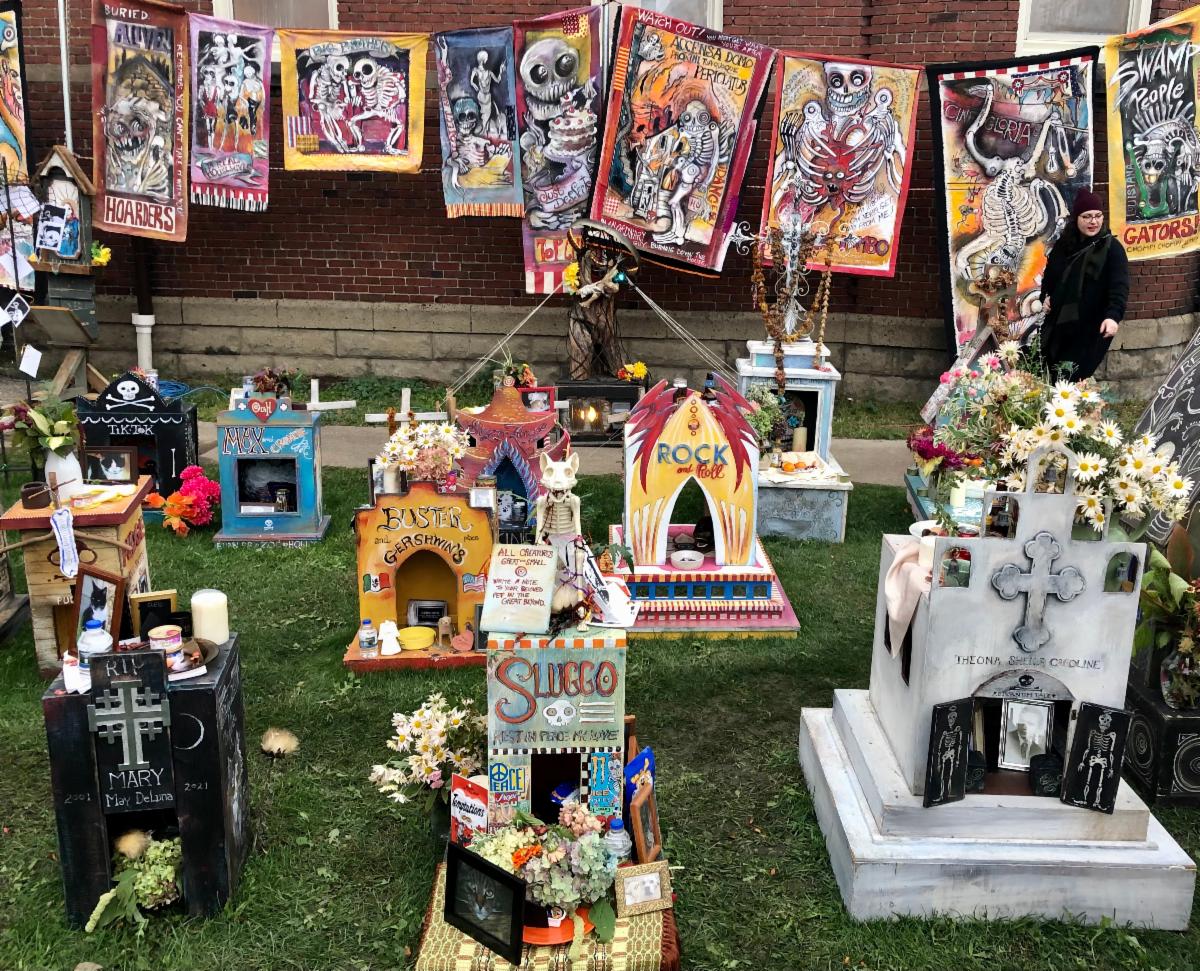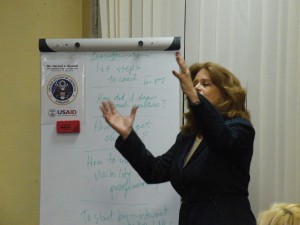
by Harriet Russell
People learn and take in information in different ways. We speak depending upon who we are addressing, what situation we are in (environment, atmosphere), who’s within hearing range, and what the subject matter is.
Unless you grew up in the same family (and even this is not a given), you probably have a different communication style.
We are all unique. Remember and embrace our differences.
When I know myself, then I am able to better see these differences, and therefore communicate and listen more effectively.
Here is an intercultural example of how to relate to people who communicate differently. It is a look at what we call high context and low context cultures. Have some fun noticing these different styles in your own friends, family, and professional relationships, even within your community.
Low Context cultures send unambiguous messages. You see what you get, time is of the essence, they are more straightforward, and have transaction oriented business meetings. The USA, Canada, Germany, Switzerland, and Scandinavian countries are of this orientation. They think that High Context countries do not respect deadlines. How about your acquaintances?
Think about management in the USA. How fast can you do it, what’s the profit margin, and hopefully, is it legal?
High Context cultures rely more on non verbal communication, indirect verbal signals, and implicit meanings. Developing trust is critical before any business can be done. China, Japan, Korea, Spain, Greece, Turkey, the entire Arab world, Latin American and Africa have this orientation. This a lot of places to write off business from If you do not understand. They think that Low context countries are too brash and impatient. How are you perceived?
High context is more foreign to us. It is not the average business style in American culture. However, we use it a lot in personal relationships.
Ask yourself: How direct are you in your requests? Expressing your needs? Do you use a different context in your business and personal relationships?
Remember: Nothing is wrong or right. It is just a matter of getting to know yourself.
Seeing yourself clearly, requires being objective. Objectivity best happens when we are relaxed and accepting of reality. How objective are you?
Some cultures are more defined in appropriateness. In Japanese, there are 107 ways to say “you” but in Spanish and French there are only two (formal and informal). In modern English, we use “you” for everyone regardless of their position, age, sex, or socio-economic standing.
One way I have worked with communications is to access the body-mind field. For example, when I feel stress, my mind is like a filter distorting reality, and then doubts and little fears crop up. I imagine that what’s not working and the way I respond to it will “never” change and what I do want will be compromised.
When I am relaxed and at peace with myself and the world around me, I can “cross over” my mind into a place of being, totally present and “in the moment”. I listen better and I communicate more clearly and joyfully. Awareness brings relaxation. The practice of yoga is to look within and to uncover the light within. When the body and mind are in complete synergy, it brings out the spirit, the heart, the joy.
Know yourself. Which way do you communicate? Is this your preference? How do you like others to communicate with you?
When I know myself, I am more open to others. When I am relaxed, I am more attuned. This helps me to relate better to others who communicate differently, honoring each other in our diversity.
I continue to learn how to bridge communication style differences. I check in on myself: How am I feeling right now in my body-mind field? Am I under stress, apprehensive, locked into a narrow frame of mind, focused on only my needs and wants?
Respectful communications require open mindedness and an open heart. And that begins within ourselves.


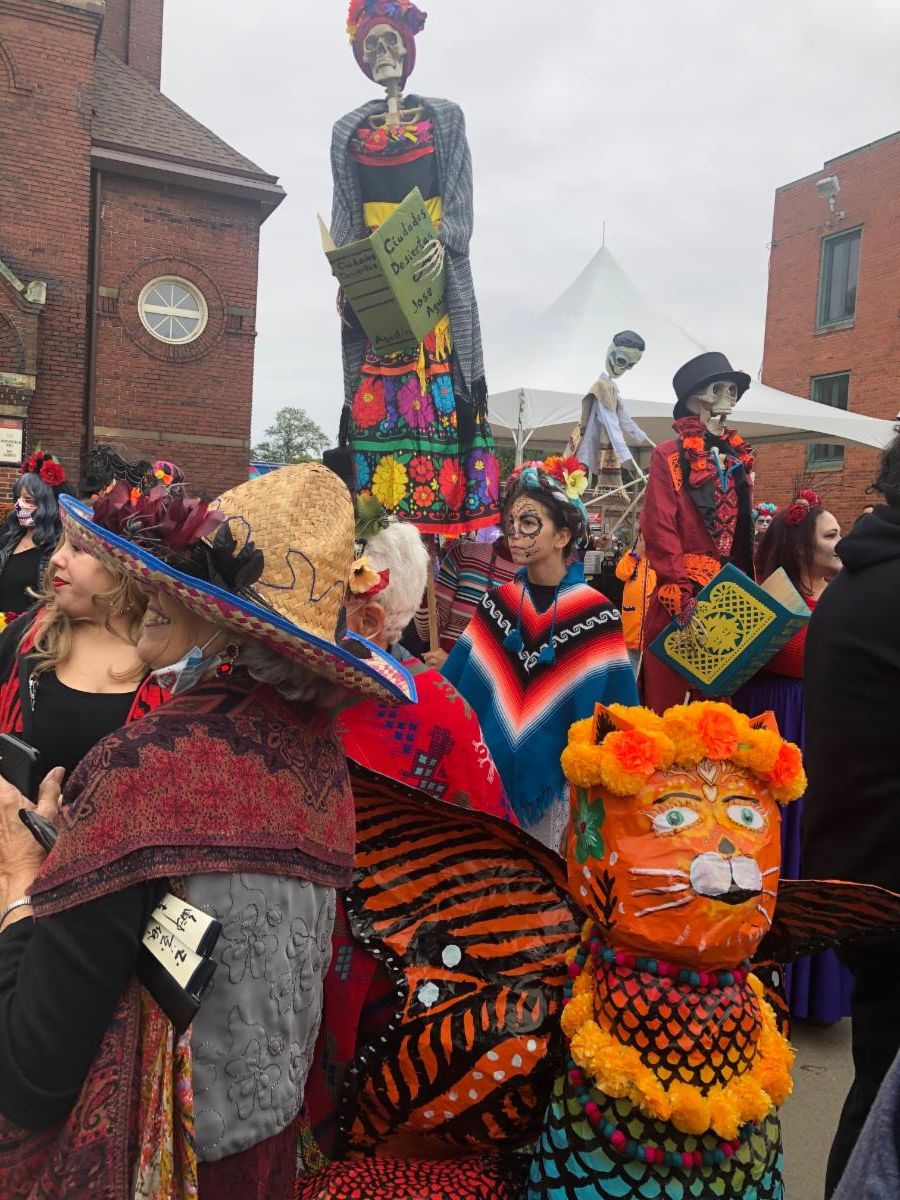
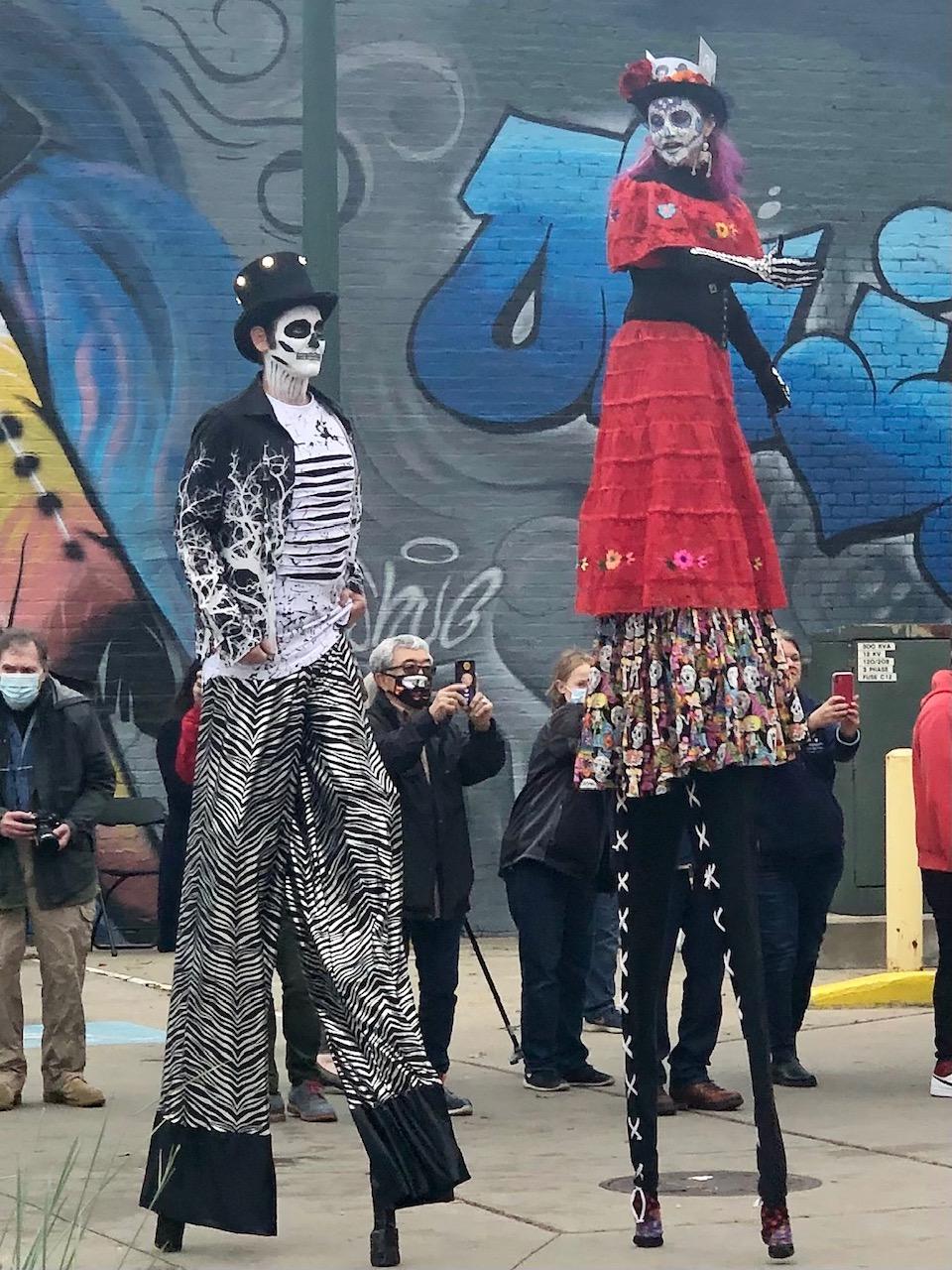
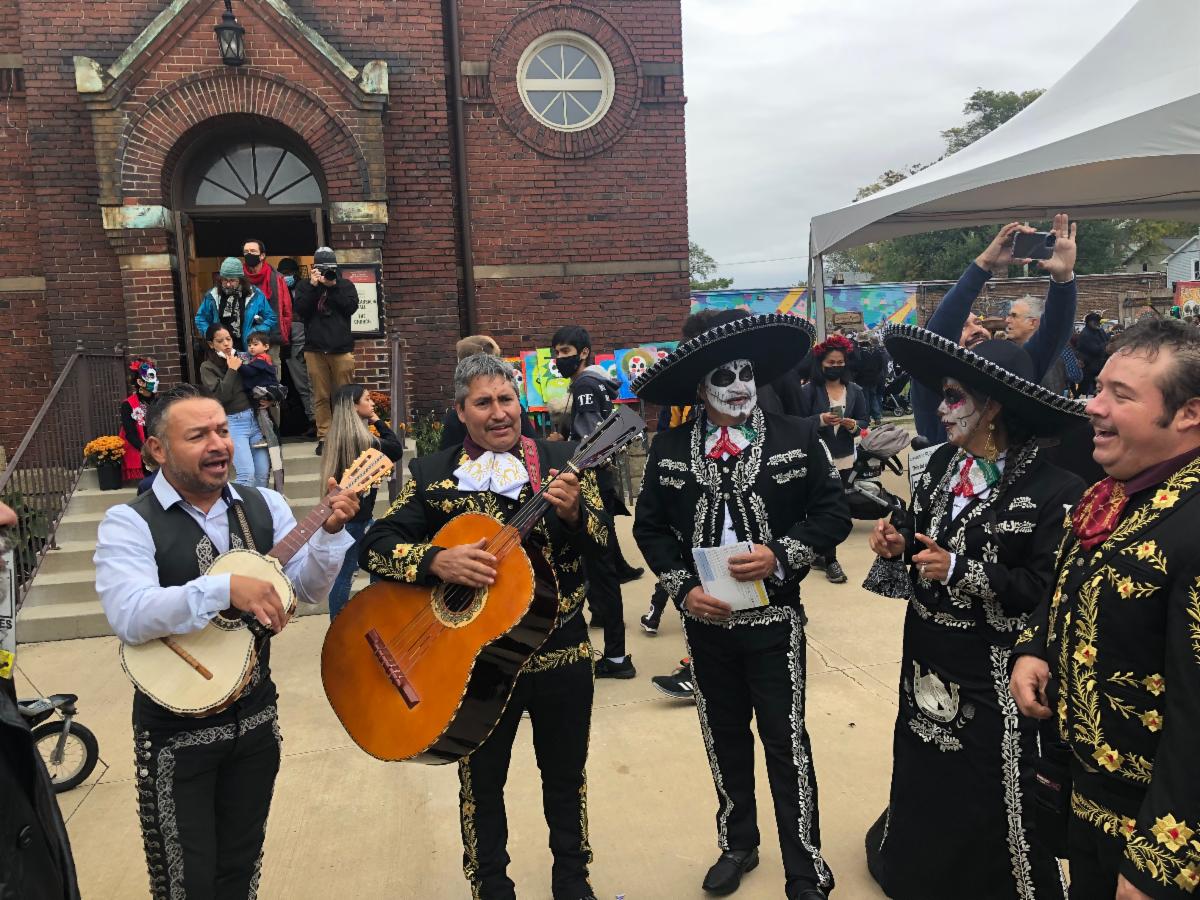
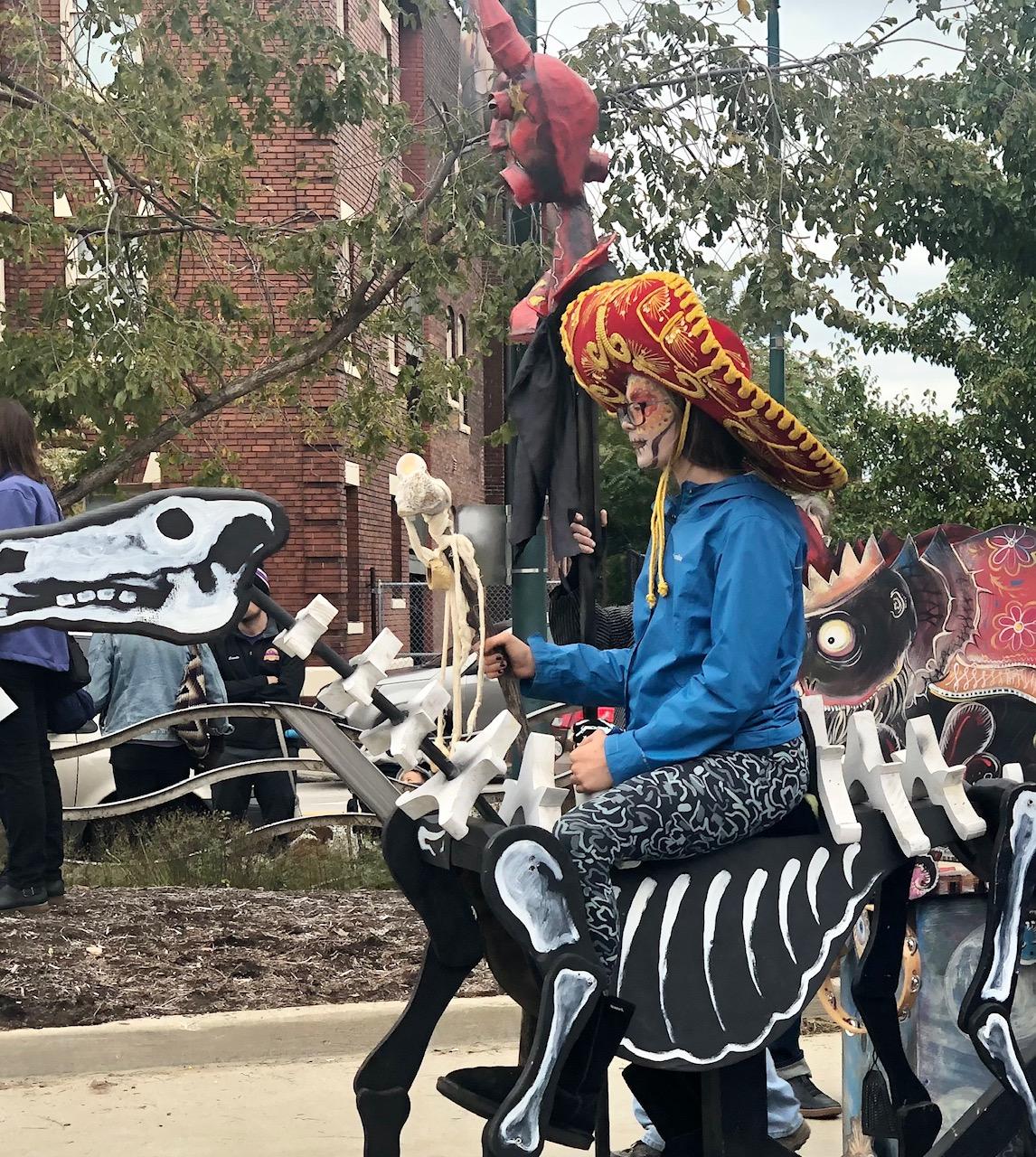
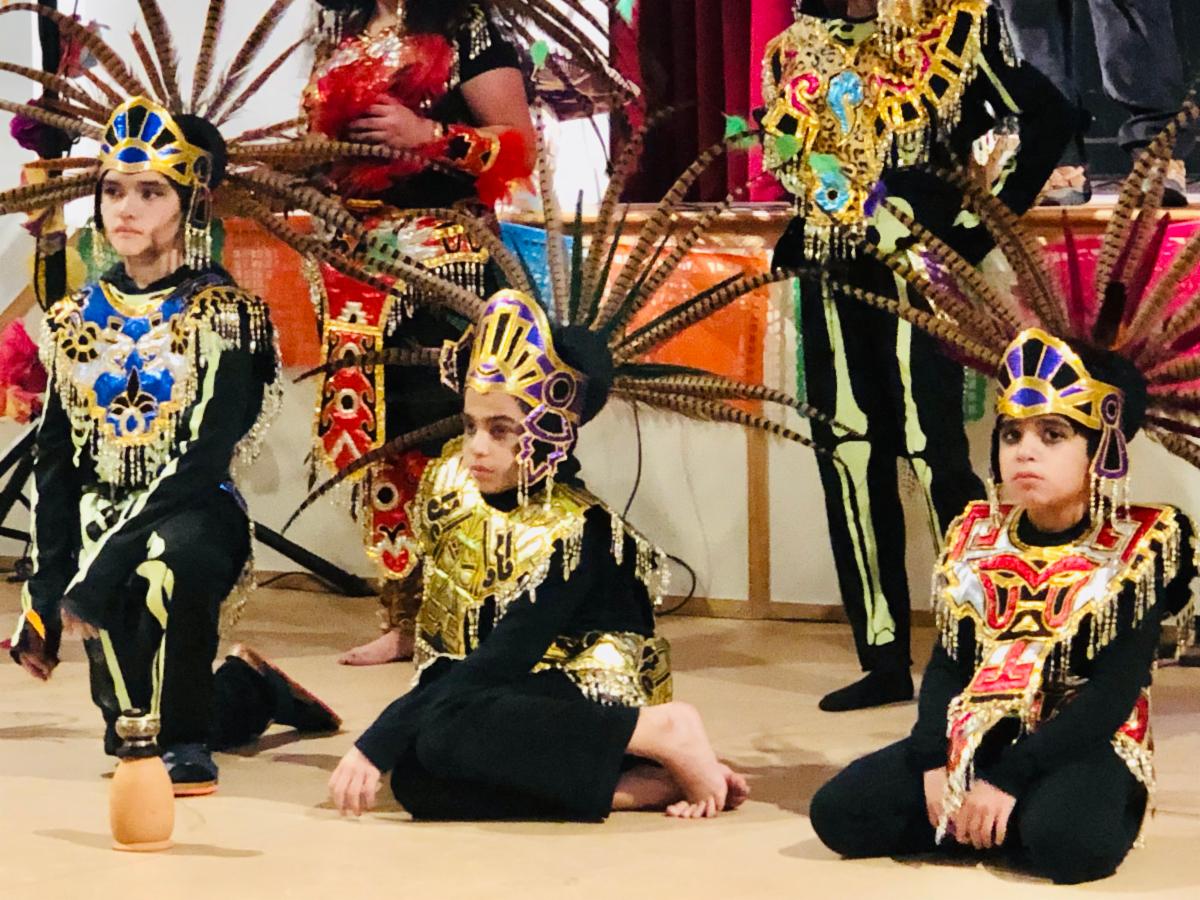
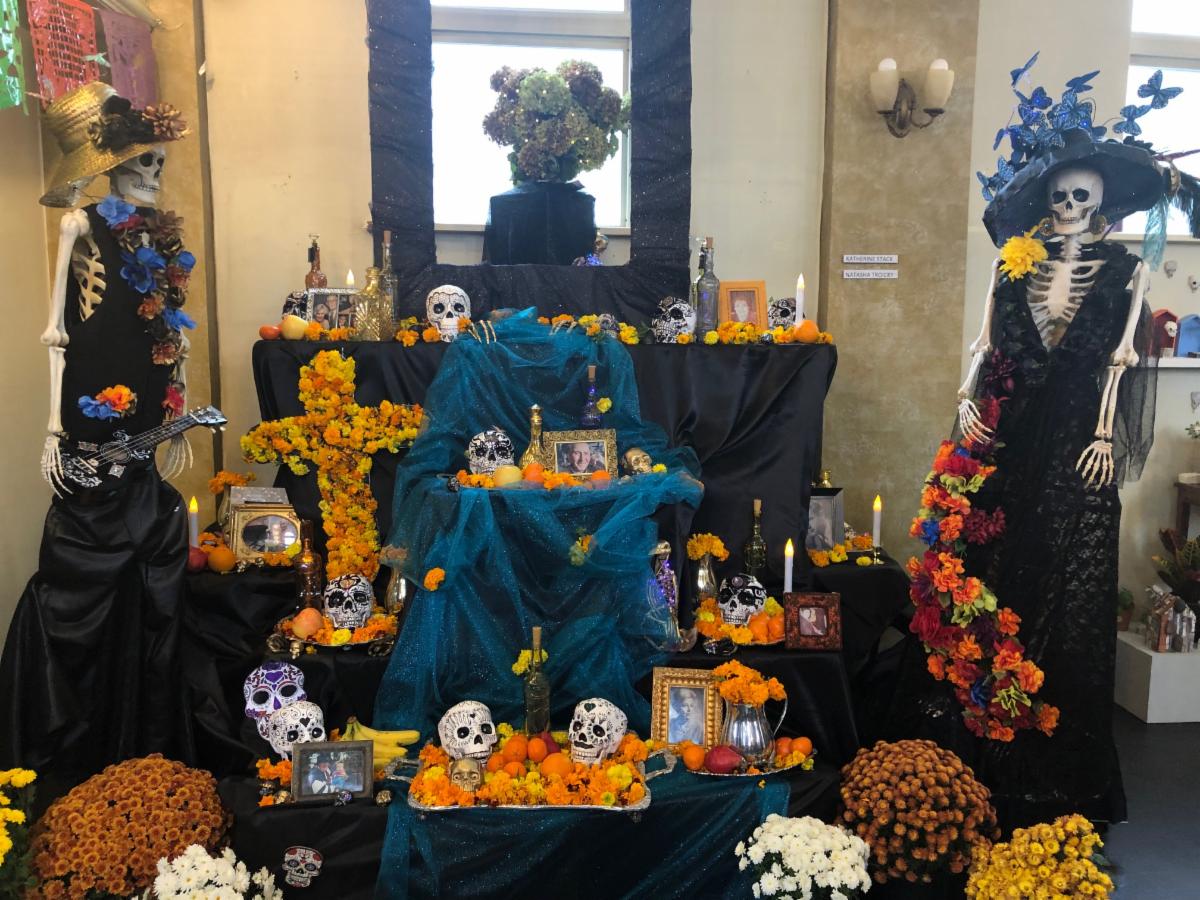
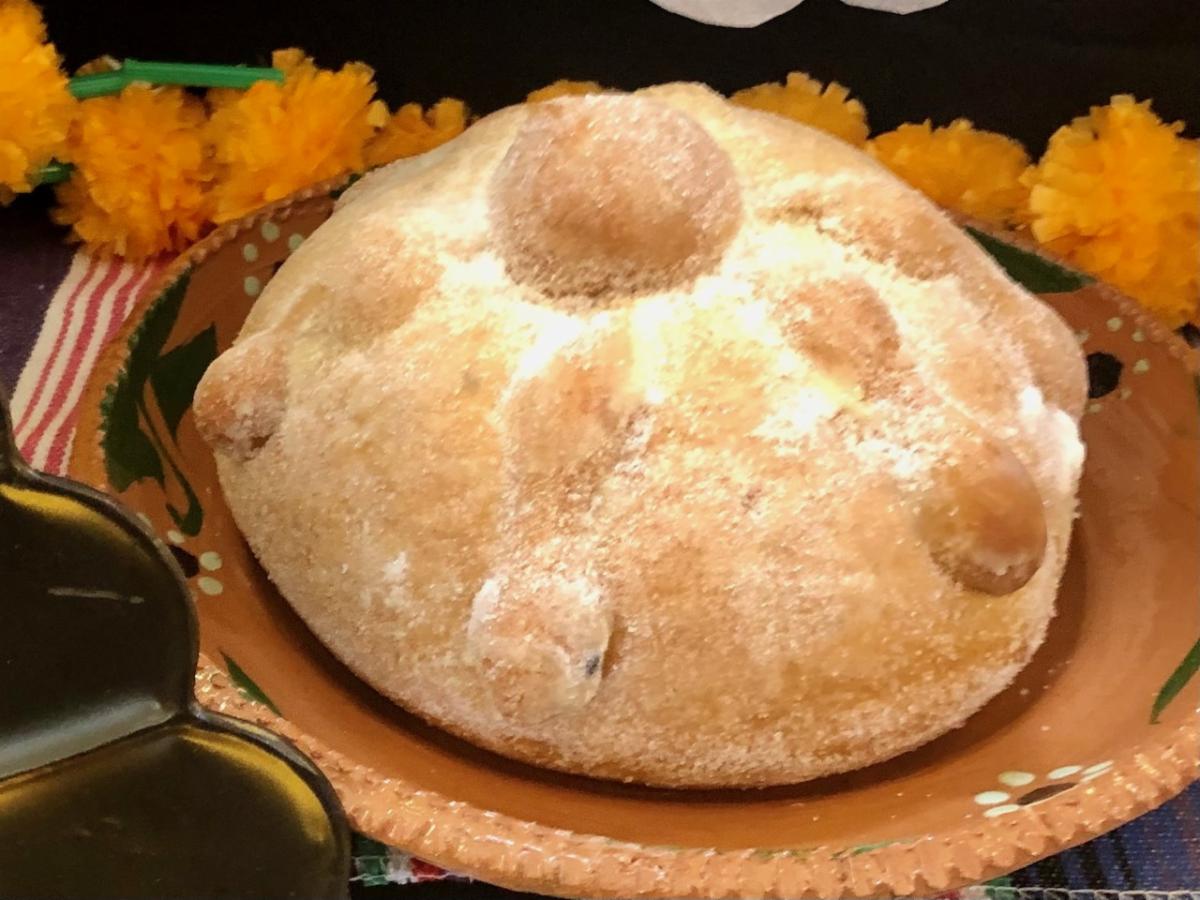 .
.